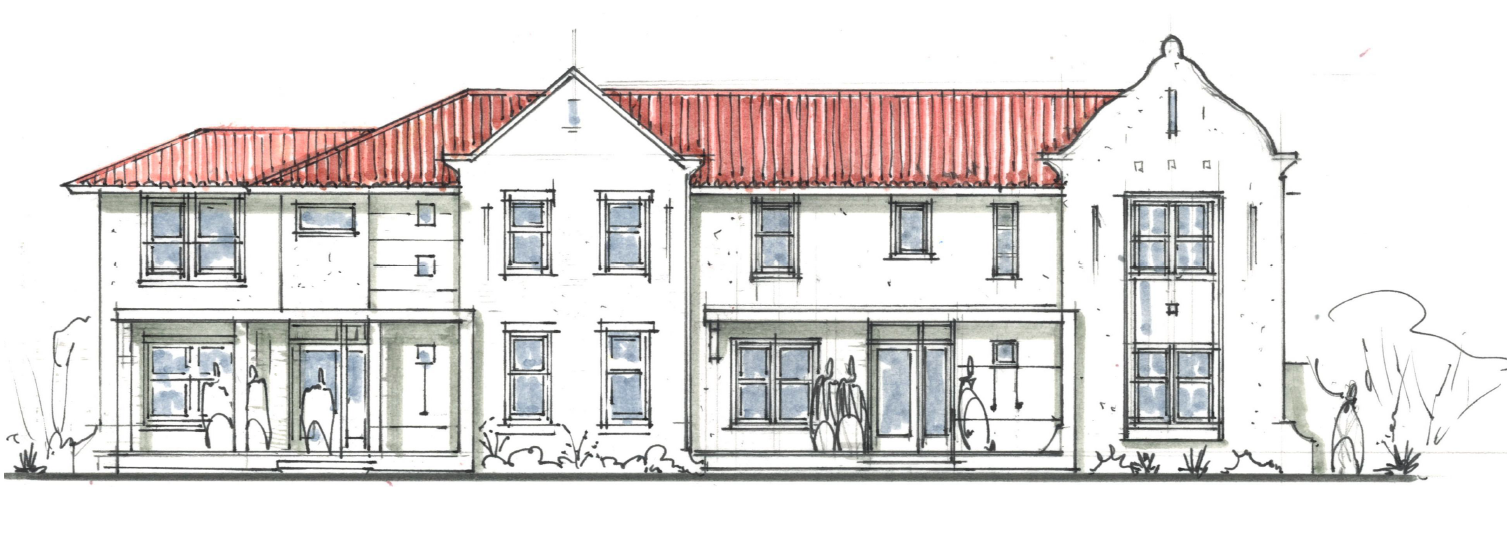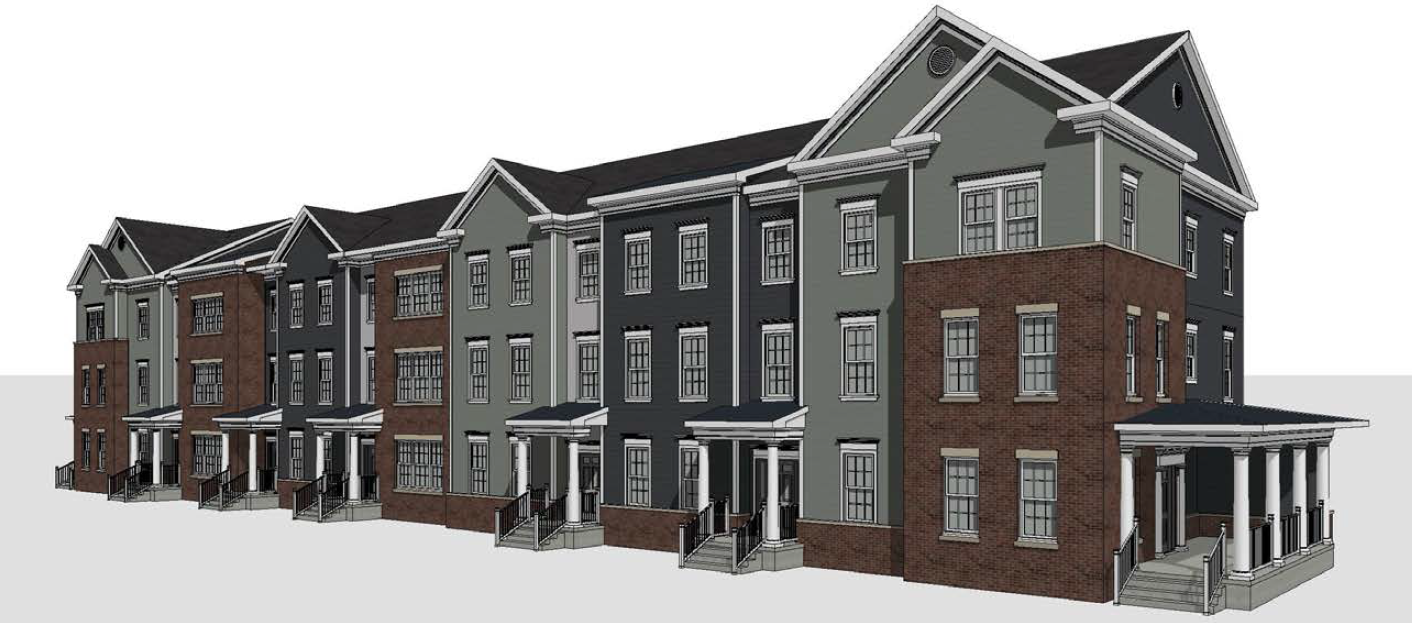Last October, the global developer Lendlease, which owns and manages more than 40,000 homes and 192 apartments on U.S. military installations in 24 states, said it would break ground later that year on a $110 million development on 51 acres for the construction of 75 family housing units and 60 two-bedroom apartments for personnel based at the U.S. Southern Command in Doral, Fla.
This development represented the first new privatized housing project authorized by the U.S. Army since 2010. Simultaneously, this development was part of Lendlease’s launch of a new military housing portfolio branded Cadence Communities, whose initial phase would combine 345 existing, newly privatized homes with new construction at seven U.S. Army installations.
In an interview with IREI.com last September, Lendlease’s COO Philip Carpenter said his firm was preparing to build more than 1,200 homes and renovate another 2,280 units on military installations.
Completing those plans will soon be in the hands of the Omaha Beach Investment affiliate of Guggenheim Partners, a global investment and financial services firm that last month agreed to acquire Lendlease’s U.S. military housing portfolio—which Lendlease manages under a joint venture with Winn Residential—for the equivalent to $323.4 million. This deal is expected to close in early 2025.
Lendlease had disclosed previously its intention to shed its overseas assets and concentrate on expanding its business in Australia, where the firm is based.
Privatizing military housing has met with mixed results
Since Congress created the Military Housing Privatization Initiative under the National Defense Authorization Act in 1996, there are more than 200,000 housing units within 80 projects on or near U.S. military installations, according to the Military Housing Association (MHA). Virtually all these units are owned and managed by 14 developers and builders that include Balfour Beatty, Hunt Military Communities, and Liberty Military Housing. The U.S. Department of Defense sets policy for this housing program.
To date, stated MHA, the Initiative has delivered more than 75,000 new homes and conducted major renovations to 50,000 units. However, over the years of the Initiative, military housing has been plagued by complaints from residents, the U.S. Government Accountability Office, and the press about shoddy renovation and maintenance. These complaints have led to lawsuits and, on occasion, big penalties, as chronicled last May by Mother Jones magazine.
While there’s been relatively few new military homes built lately (at least based on what’s been reported publicly), that could be changing. Federal News Network reported in March that the Defense Department would receive $18.7 billion in fiscal 2024 for military construction, of which $2 billion would go toward family housing initiatives that include construction, maintenance, upgrades, and oversights. An estimated $320 million of that total have been earmarked specifically for revitalizing six privatized housing projects.
To learn more about their construction and renovation activities, BD+C reached out to several of the private landlords, as well as to Mark Colon, Deputy Assistant Secretary of Defense for Housing, but heard back from only two companies: Balfour Beatty, the industry’s largest military housing provider (which declined to comment for this article); and The Michaels Organization, which announced last March that it had secured over $500 million in financing to support its U.S. Army housing portfolio over the next five years.
Michaels’ portfolio is comprised of more than 17,500 housing units across 12 locations nationwide. Seven percent of this portfolio is multifamily units for junior enlisted members of the Navy at the 941-apartment Pacific Beacon at Naval Base San Diego, the first of its kind for unaccompanied service members at the rank of E-4. In coordination with the Army, Michaels is planning to break ground later this year on a similar multifamily project at Fort Irwin in California, according to Erik Robertson, The Michaels Organization’s Senior Vice President of Investment Management.

New construction and services have growth potential
In written responses to questions sent by BD+C, Robertson said that 60% of $500 million his firm plans to spend will be for new construction, with the rest going toward improving existing units. He added that Michaels has a strategic partnership with the firm Urban Practice for architectural design services, and employs local engineering and construction firms for its military housing projects.
Robertson explained how military housing differs from market-rate housing. For one thing, military housing is purpose-built to meet service members’ needs, primarily the routine permanent changes of station each member experiences every 24 to 36 months. This is achieved, he said, by focusing on designing active neighborhoods made to bring residents together as communities. Homes are also built with the expectation of increased wear and tear caused by moving, and with more storage spaces in each home.
Must haves for new construction include smart thermostats, energy efficient fixtures and appliances, two-car garages, private backyards with patios where feasible, buried utility cables, and age-specific playgrounds. Robertson added that well-designed neighborhood layouts “are essential for fostering communities.”

Despite the Armed Services having privatized virtually all of its family housing in the U.S., The Michaels Organization still sees growth opportunities in this subsector. Robertson noted that each of the services is working to replace housing for its junior enlisted and unaccompanied service members that, historically, had been in barracks. Robertson believed that his firm’s 18-story, $321million Pacific Beacon project—built by Clark Construction under a design-build contract with the designer Torti Gallas + Partners, and completed in 2009—provides an alternative blueprint.
The Michaels Organization also sees potential in providing services to military residents. He pointed out that Michaels’ completion of a $305 million bond issuance leverages future deposits to the Army’s reinvestment accounts. “This shows that the services are taking a sophisticated approach to bring future investments closer to today,” said Robertson. Another example is the focus on improving resident wellness by investing in air and water purification, and access to more natural light “to create environments that allow service members to be the best versions of themselves.”
Related Stories
| Sep 19, 2013
Roof renovation tips: Making the choice between overlayment and tear-off
When embarking upon a roofing renovation project, one of the first decisions for the Building Team is whether to tear off and replace the existing roof or to overlay the new roof right on top of the old one. Roofing experts offer guidance on making this assessment.
| Sep 11, 2013
BUILDINGChicago eShow Daily – Day 3 coverage
Day 3 coverage of the BUILDINGChicago/Greening the Heartland conference and expo, taking place this week at the Holiday Inn Chicago Mart Plaza.
| Sep 10, 2013
BUILDINGChicago eShow Daily – Day 2 coverage
The BD+C editorial team brings you this real-time coverage of day 2 of the BUILDINGChicago/Greening the Heartland conference and expo taking place this week at the Holiday Inn Chicago Mart Plaza.
| Aug 26, 2013
What you missed last week: Architecture billings up again; record year for hotel renovations; nation's most expensive real estate markets
BD+C's roundup of the top construction market news for the week of August 18 includes the latest architecture billings index from AIA and a BOMA study on the nation's most and least expensive commercial real estate markets.
| Aug 22, 2013
Energy-efficient glazing technology [AIA Course]
This course discuses the latest technological advances in glazing, which make possible ever more efficient enclosures with ever greater glazed area.
| Aug 14, 2013
Green Building Report [2013 Giants 300 Report]
Building Design+Construction's rankings of the nation's largest green design and construction firms.
| Aug 14, 2013
Military Construction Report [2013 Giants 300 Report]
Building Design+Construction's rankings of the nation's largest military sector design and construction firms, as reported in the 2013 Giants 300 Report.
| Jul 30, 2013
Better planning and delivery sought for VA healthcare facilities
Making Veterans Administration healthcare projects “better planned, better delivered” is the new goal of the VA’s Office of Construction and Facilities Management.
| Jul 30, 2013
Healthcare designers get an earful about controlling medical costs
At the current pace, in 2020 the U.S. will spend $4.2 trillion a year on healthcare; unchecked, waste would hit $1.2 trillion. Yet “waste” is keeping a lot of poorly performing hospitals in business, said healthcare facility experts at the recent American College of Healthcare Architects/AIA Academy of Architecture for Health Summer Leadership Summit in Chicago.
| Jul 29, 2013
2013 Giants 300 Report
The editors of Building Design+Construction magazine present the findings of the annual Giants 300 Report, which ranks the leading firms in the AEC industry.

















